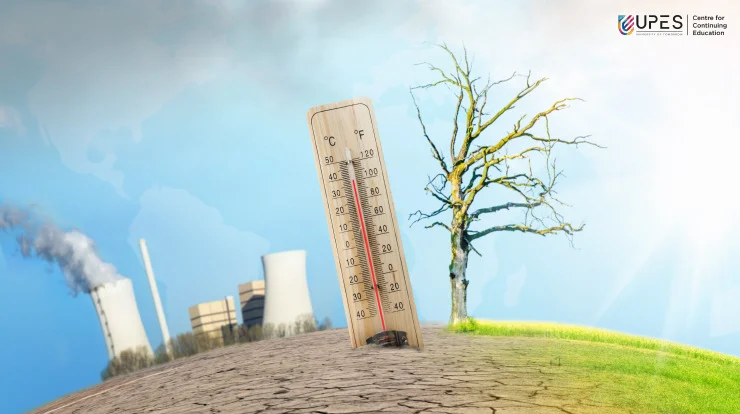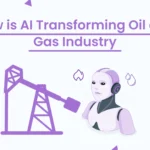Oil and Gas Industry Trends: Balancing Oversupply, Sustainability, and Technological Innovation in 2025

Houston, USA
The global oil and gas industry is at a pivotal moment in 2025, navigating a projected oversupply, intensifying geopolitical risks, and mounting pressure to align with sustainability goals. With major companies like ExxonMobil, Saudi Aramco, and TotalEnergies driving transformation, the sector is leveraging advanced technologies and strategic investments to remain competitive. This article delves into the key trends shaping the oil and gas industry, highlighting its adaptation to a dynamic global energy landscape.
Oversupply Pressures Shape Market Dynamics
A looming oil surplus is a defining trend, with global production expected to reach 105.8 million barrels per day (b/d) in 2025, driven by OPEC+’s gradual increase of 548,000 b/d since August and robust non-OPEC output from the U.S., Brazil, and Canada. The International Energy Agency projects a 1.7 million b/d surplus by early 2026, pushing Brent crude prices down from $68 per barrel in August 2025 to approximately $50 per barrel in Q1 2026. Weakening demand, particularly in China where economic growth slowed to 4.6% in Q2 2025, is exacerbating price volatility, prompting companies to prioritize cost efficiency and capital discipline.
LNG Market Expansion Faces Glut Risks
The liquefied natural gas (LNG) sector is seeing significant growth, with global demand peaking at 425 billion cubic meters in 2025, driven by Asia and Europe, according to the International Gas Union. The U.S. is expanding export capacity by 53% (6.0 billion cubic feet per day) by 2026, with projects like Venture Global’s Plaquemines LNG facility leading the charge. However, a potential multiyear LNG glut starting in 2026 could depress prices, challenging profitability. Europe’s 23.6% surge in LNG imports in H1 2025, spurred by the EU’s March 2025 ban on Russian LNG re-exports, underscores efforts to diversify supply sources, boosting demand for U.S. and Qatari LNG.
Geopolitical Tensions Add Uncertainty
Geopolitical risks are reshaping industry strategies. Tensions in the Strait of Hormuz, handling 21% of global LNG and petroleum liquids, threaten supply routes, while U.S. sanctions and trade disputes, including tariffs on certain oil exports, complicate global trade flows. Ukrainian drone attacks on Russian refineries disrupted 1.2 million b/d of capacity in 2025, causing short-term price spikes. Companies are mitigating risks by diversifying markets, with 60% of LNG exports redirected to Asia, particularly China and India, which saw a 4% demand increase in 2024.
Energy Transition Drives Sustainability Investments
The industry is under growing pressure to align with global net-zero goals by 2050. Investments in carbon capture, utilization, and storage (CCUS) are rising, with ExxonMobil’s LaBarge facility capturing 8 million metric tons of CO2 annually and plans to scale up to 11 million by 2028. Natural gas, powering 25% of global electricity, is positioned as a transitional fuel, with demand rising 1.7% in 2025. Companies like Shell are integrating renewables, with 50 MW solar-powered LNG facilities reducing emissions by 5%. However, a Deloitte survey shows only 43% of executives prioritize CCUS due to high costs, highlighting adoption challenges.
Technological Innovation Enhances Efficiency
Advanced technologies are transforming operations. Artificial intelligence (AI) is boosting upstream efficiency, with Chevron’s AI-driven seismic imaging improving recovery rates by 8% in the Permian Basin. Digital twins, used by BP at its North Sea fields, reduced downtime by 12% in 2024, while Industrial Internet of Things (IIoT) sensors cut methane leaks by 6% globally. Blockchain is enhancing supply chain transparency, with QatarEnergy reducing LNG transaction costs by 7%. In 2025, technology adoption is expected to save the industry $15 billion annually, critical as it faces price declines and competitive pressures.
Petrochemical Sector as a Growth Engine
The petrochemical industry, projected to drive 18–20% of global oil demand by 2040, is a key growth area. Saudi Aramco’s Jafurah project is targeting 2 million metric tons of ethylene annually by 2027, while Sinopec’s new plants aim for 1.5 million metric tons of polymers by 2026. AI-driven process optimization has reduced production costs by 7–10% in 2024, but global supply chain disruptions and competition from low-cost producers challenge profitability. Investments in petrochemical infrastructure, totaling $25 billion in 2025, underscore the sector’s strategic importance.
Workforce Shifts and Industry Consolidation
Workforce dynamics are evolving, with automation leading to 10,000 job cuts globally in 2024–2025. Retraining programs are transitioning 5,000 workers to digital and renewable energy roles by 2027, supported by $300 million in industry-led initiatives. Mergers and acquisitions (M&A) are surging, with 70% of companies planning deals in 2025 to access technology and reserves, according to GlobalData. ExxonMobil’s $4.9 billion acquisition of Denbury in 2024 exemplifies this trend, strengthening its CCUS portfolio. Capital discipline remains strong, with $213 billion in dividends and $136 billion in share buybacks distributed in 2024.
Outlook for 2025
The oil and gas industry in 2025 is balancing oversupply risks, geopolitical challenges, and the energy transition. Investments in LNG, petrochemicals, and low-carbon technologies, coupled with AI and digital innovations, are driving resilience. As companies navigate a projected price decline and global market shifts, their ability to adapt will define their role in the energy landscape through 2030.
- Oil Industry
- Trending







